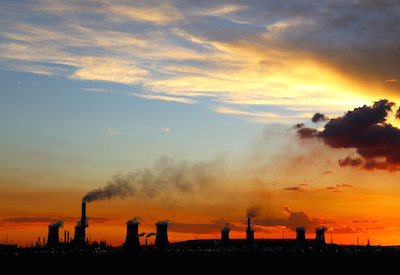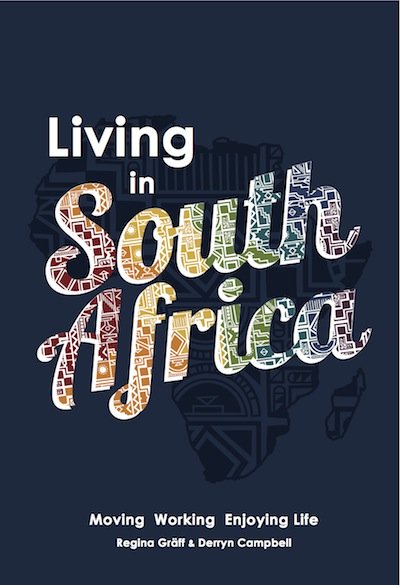Mining in South Africa
Insights and Outlook 2015
Mining is one of the key sectors of the South African economy, contributing almost 10% to the country’s GDP. South Africa has rich mineral reserves in gold, iron ore and coal and is the leading producer of copper, platinum, vanadium and uranium.

At the ‘MiningIndaba’ held in Cape Town, the stakeholders of the largest industry in the primary sector met this week to discuss the situation and opportunities of investment in this sector in Africa. Discussions and forums provided information to all roleplayers and prospective investors.
Concurrently the Alternative Mining Indaba took place calling onto the heads of mining companies to remind them of their responsibilities and social commitment to the communities affected by the mines and to be more transparent in their operations.
Mining in South Africa - Key Facts
- Mining is South Africa’s third largest business sector after agriculture and manufacturing contributing almost 10% to the country's GDP.
- South Africa is the world’s largest primary producer of platinum with a share of 75% of the global supply.
- South Africa is the fifth economy in the world involved in gold production, after China, Australia, the USA and Russia.
- Gold is second largest mineral exporter in South Africa after platinum group metals. Although South Africa’s gold production is in decline, still about 167 tons were mined in 2013.
- Operations of mines contribute to 30-35% of all exports from South Africa.
- Eight of the world’s deepest mines are located in South Africa, the deepest with more than 4,000km/2.5 miles depth is Anglo Ashanti's gold mine at Mponeng near Carletonville in Gauteng province.
- Foreign direct investment in mining activities stands around 15-25% depending on the inclusion of indirect mulitpliers
- South Africa is ranked higher considering innovative technologies than all other BRICS countries. The Competitiveness Report 2014/15 ranks South Africa 39th out of 144 countries for ‘availability of latest technologies’. (World Economic Forum, 2014)
- Most of the South African mines are located in the eastern and northern parts of the country, with Gauteng, Limpopo, Mpumalanga and KwaZulu-Natal having plenty of gold, iron and uranium mines.
- The majority of coal mines are located in the North West province.
- The sector provides 8-15% of employment in South Africa.
Investing in Mining
South Africa has more mineral resources than most other countries and investment opportunities abound especially in the mining and quarrying sector. As South Africa is one of the most sophisticated and promising emerging markets, with a fast growing middle class population, the country compares positively with many other emerging market countries. However, South Africa also faces many challenges, such as calls for ‘indigenization’ of the major business sectors, labour unrest, aging plants and the current electricity crisis.
In October 2014 a resolution was passed by the provincial government of Gauteng, which calls for 49% of the key industries in the province, among them mining operations, to be owned by black South Africans by 2030. Foreign investors however eye such moves understandably with caution.
Eskom, South Africa’s energy parastatal, has confirmed that the electricity supply will be highly affected by power blackouts for the coming years due to inevitable maintenance work to get the ailing electricity grid to keep up with the growing demand.
Challenges affecting the Industy
Outlook 2015
- Rising input costs for the operations and falling commodity prices, although the weak rank might set off losses
- South Africa’s downgraded credit rating. Standard&Poor: BBB, Moody's: Baa1, Fitch: BBB+ (TradingEconomics, 12.2.2015)
- Falling productivity due to declining grades, workplace stoppages, illegal exploitation of mineral resources.
- Aging plants and limitations in restructuring due to implementation of BBEEE measures as well as calls for indigenisation measures
- Health and Safety measures still need improvement, although the number of fatalities is falling, still 84 fatalities in the industry were accounted for in 2014.
- Electricity shortages and load-shedding, read more here.
About the Mining Indaba
The ‘Investing in African Mining’ Indaba, or commonly referred to as ‘Mining Indaba’ is the world’s largest mining investment conference and Africa’s largest mining event. This major event is highly anticipated by more than 2,300 international companies.
Africa’s largest gathering of stakeholders in the industry takes place annually for over two decades and attracts more than 7,000 delegates from over 110 countries. The vast majority of delegates comes from Africa. European, Australian and North American visitors make up together for one third of the delegates.
The next African indaba for the sector will take place in February 2016.
Interested to learn more about the South African economy?
|
If you are interested in more in-depth, well-researched, up-to-date information and more South Africa facts: Order your copy of our Living in South Africa guidebook directly from us. |
Go to Living-in-South-Africa.com
Resources for this Article on mining in South Africa: miningindaba.com, chamberofmines.org.za, TheAfricaReport
Image Credits: Shutterstock.com
Return from Mining in South Africa to ExpatCapeTown Homepage

